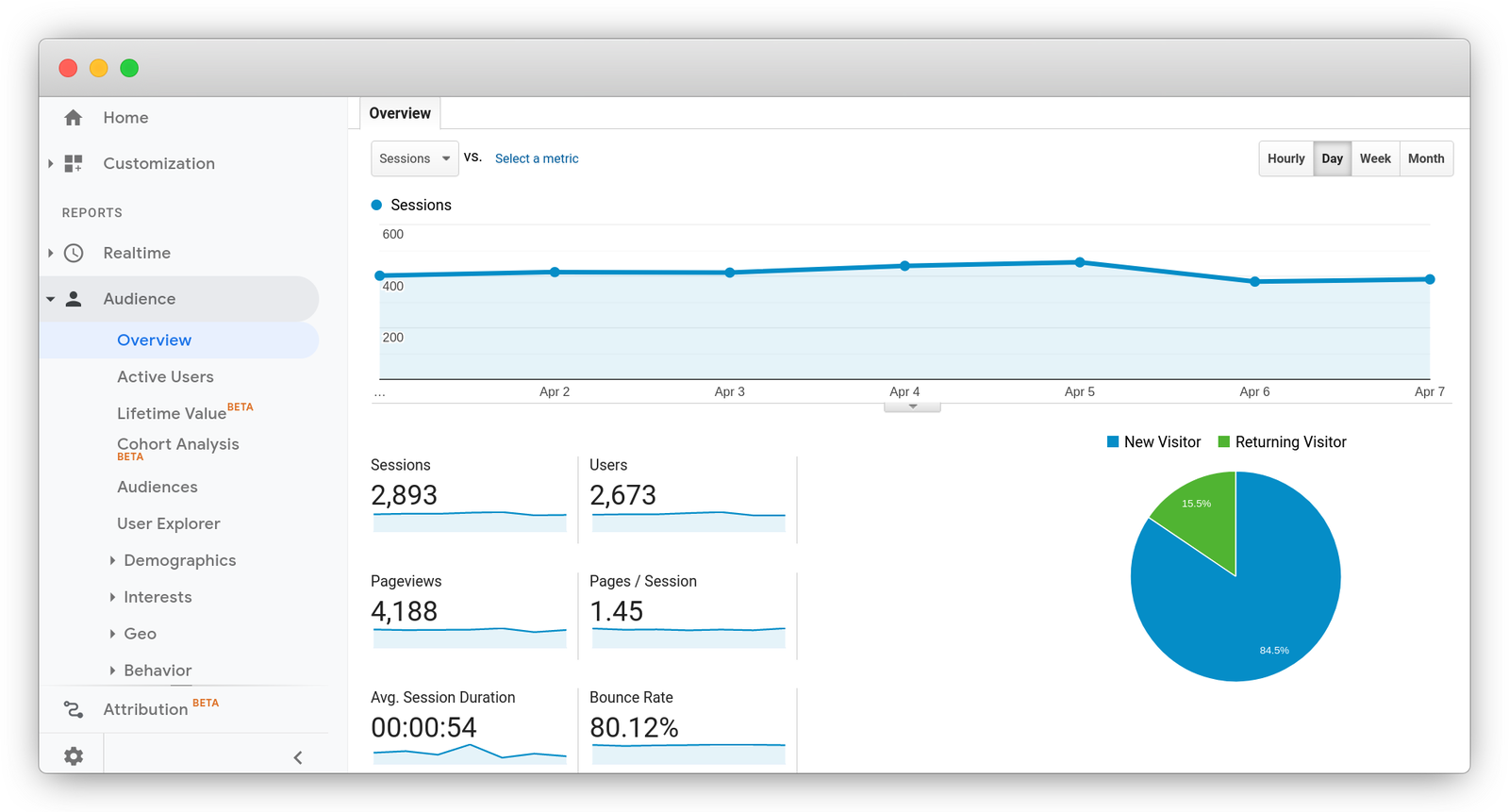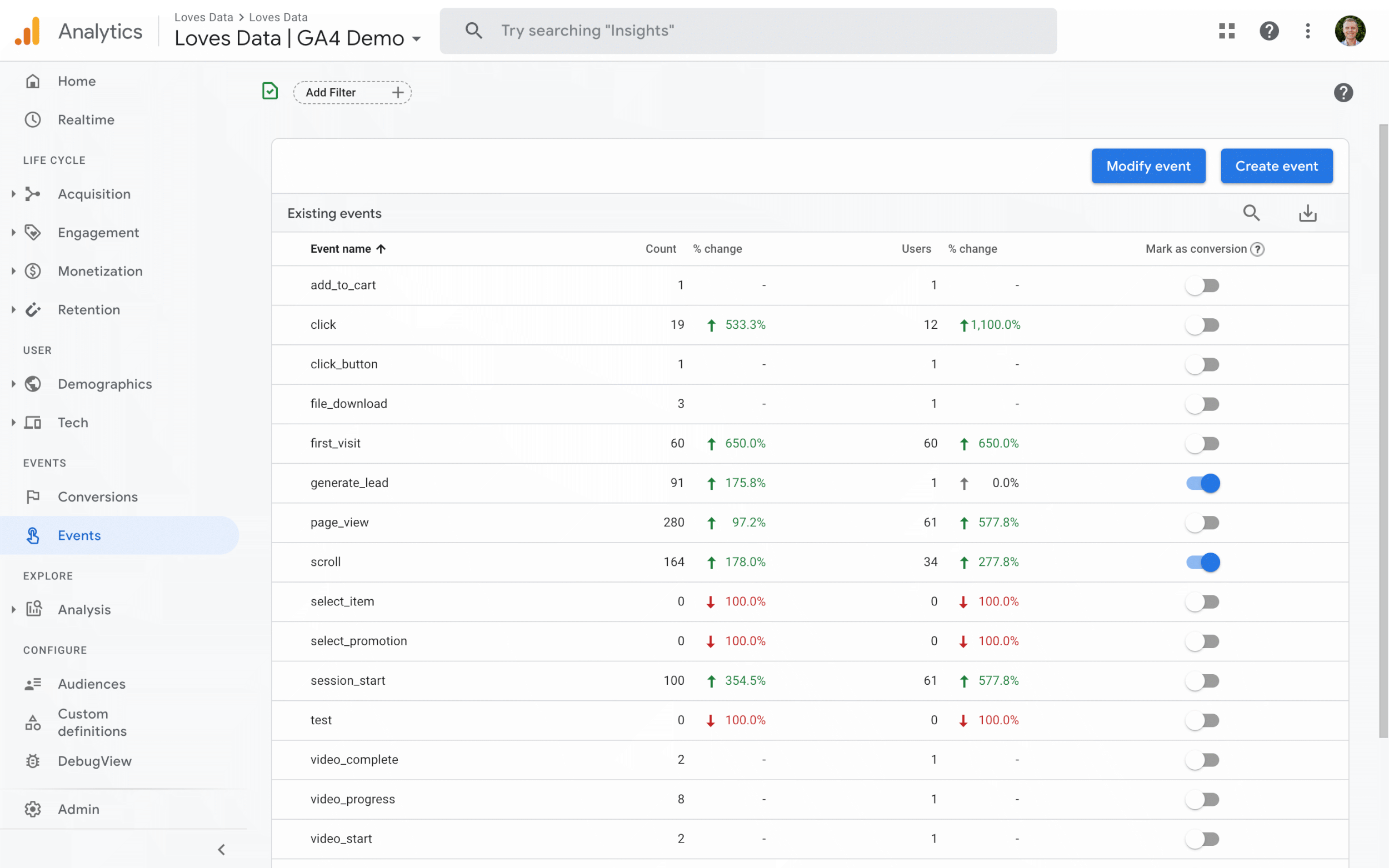Find Out the Trick Triggers for When Does the Google Analytics Tracking Code Send an Event Hit to Analytics
Master Web Site Insights With Accurate Google Analytics Tracking Code
The efficient application of Google Analytics rests on the specific execution of its monitoring code, a basic action usually overlooked by website proprietors. This apparently straightforward JavaScript fragment, when properly put, becomes the backbone of information collection, giving insights right into customer habits and site performance. Nonetheless, obstacles can develop during setup, potentially skewing the information and causing misinformed choices. Recognizing these ins and outs is vital for making best use of the advantages of analytics. What are the typical mistakes that could undermine your tracking efforts, and exactly how can you make certain accuracy in your approach?
Recognizing Google Analytics Fundamentals
Google Analytics is an essential device for site proprietors and online marketers, supplying indispensable understandings into individual behavior and site efficiency. At its core, Google Analytics collects data concerning visitors to a website, allowing individuals to analyze metrics such as web traffic resources, user interaction, and conversion prices. Understanding these basics is crucial for enhancing an internet site's effectiveness and improving customer experience.
The system employs cookies to track interactions, taping data such as page views, session durations, and bounce prices. This information is aggregated and provided via personalized dashboards, allowing customers to visualize trends gradually. Trick efficiency indications (KPIs) can be kept track of, such as the total number of users, new versus returning visitors, and the geographic distribution of the audience.
Furthermore, Google Analytics uses division functions, enabling individuals to separate certain web traffic resources or individual demographics for more targeted analysis. By grasping these fundamental aspects, website proprietors can make informed choices concerning material strategy, marketing campaigns, and overall website improvements. Ultimately, understanding Google Analytics basics is vital for leveraging information to drive development and attain organization objectives effectively.
Establishing Your Monitoring Code

Replicate the given monitoring code and paste it right into the HTML of your website. Ideally, this code ought to be placed in the header section of every web page you desire to track. This makes certain that the monitoring code tons before any other content, allowing it to record data properly. If you are making use of a material monitoring system (CMS) like WordPress, there are plugins offered that simplify the integration procedure.
After installation, validate that the monitoring code is functioning appropriately by utilizing Google Tag Assistant or the Real-Time records in Google Analytics - when does the google analytics tracking code send an event hit to analytics?. This step is necessary to confirm that your information collection is active and exact, establishing the structure for informative evaluation
Common Monitoring Code Issues
Lots of website proprietors come across common concerns with their Google Analytics tracking code that can impede information collection and analysis. One common issue is incorrect installation. This may take place when the tracking code is put in the wrong area of the website's HTML, commonly causing absent or insufficient data. In addition, having numerous instances of the monitoring code on a single page can lead to filled with air metrics, as user communications could be counted a lot more than once.
Another issue develops from making use of advertisement blockers, which can prevent the tracking code from performing entirely, therefore skewing information. when does the google analytics tracking code send an event hit to analytics?. In addition, failing to set up filters appropriately can lead to the exclusion of vital website traffic resources or the inclusion of unwanted referral spam, distorting the data collected
Site owners might also overlook the relevance of monitoring code updates, especially when moving to Google Analytics 4 (GA4) from Universal Analytics. Last but not least, inadequate Our site testing prior to releasing changes can lead to unnoticed errors in the tracking code, further complicating information integrity. Resolving these typical problems is important for guaranteeing accurate monitoring and informative analytics.
Analyzing Website Information Successfully
Precise information collection is just the very first step in leveraging Google Analytics; the real worth hinges on effectively analyzing that information to drive educated decision-making. To achieve this, it is crucial to recognize crucial see this page performance indicators (KPIs) that straighten with your service objectives. Focus on metrics such as conversion rates, customer interaction, and traffic resources, as these will provide understandings into customer behavior and the total efficiency of your website.
Making Use Of Google Analytics' segmentation attributes permits a much deeper understanding of your audience. By breaking down information into details demographics, behaviors, and web traffic networks, you can discover patterns and patterns that educate targeted techniques. Executing custom records and dashboards can simplify this process, allowing fast access to significant data.
In addition, frequently reviewing data patterns gradually aids to recognize anomalies and chances for improvement. Use visualization devices to existing data in a quickly absorbable layout, assisting in extra effective communication with stakeholders. Inevitably, the capacity to analyze web site information effectively empowers companies to make calculated choices that boost user experience, optimize advertising efforts, and drive growth.

Ideal Practices for Accurate Monitoring
Executing reliable monitoring practices is critical for acquiring dependable information in Google Analytics. To make sure accurate tracking, begin by appropriately installing the Google Analytics tracking code on every web page of your internet site. This can be completed via a tag manager or by straight installing the code right into the HTML.
Following, configure your Google Analytics account to exclude interior website traffic. This can be done by setting up filters that determine and remove check outs from your company's IP address, thereby stopping manipulated information. Additionally, use occasion monitoring to check particular individual communications, such as downloads or video clip plays, which standard page views may ignore.
Regularly audit your tracking configuration to verify that all attributes, such as objectives and ecommerce monitoring, are operating properly. Establish a consistent naming convention for your occasions and campaigns to help with simpler reporting and analysis.
Last but not least, consider leveraging UTM parameters for campaigns to gain insights into the efficiency of various advertising and marketing initiatives. By adhering to these ideal techniques, you can boost the precision of your data collection and analysis, ultimately resulting in more enlightened decision-making for your this content internet site.
Verdict
Exact execution of the Google Analytics tracking code is necessary for mastering website insights. By ensuring the monitoring code is appropriately positioned and regularly examined, web site owners can capture vital customer communication information, therefore helping with the identification of key efficiency signs. Effective evaluation of this data, combined with adherence to ideal methods, enables educated decision-making and the optimization of on the internet strategies. Inevitably, a robust monitoring framework enhances the capability to drive engagement and boost general website efficiency.

Insufficient screening prior to releasing changes can result in undetected mistakes in the monitoring code, even more complicating information integrity.Carrying out efficient tracking techniques is critical for acquiring trustworthy data in Google Analytics. By ensuring the monitoring code is properly placed and routinely examined, internet site proprietors can capture vital individual interaction information, thus promoting the recognition of key efficiency indicators.